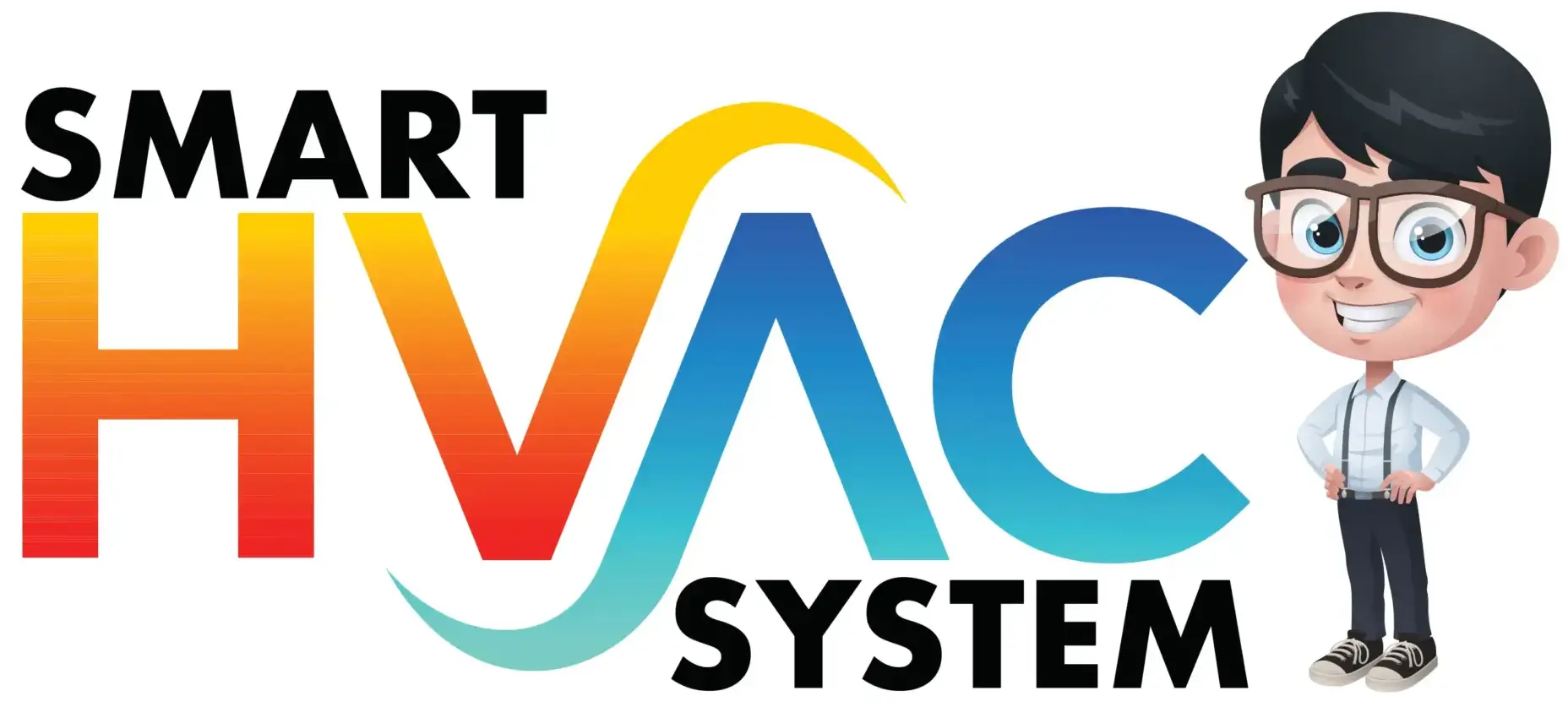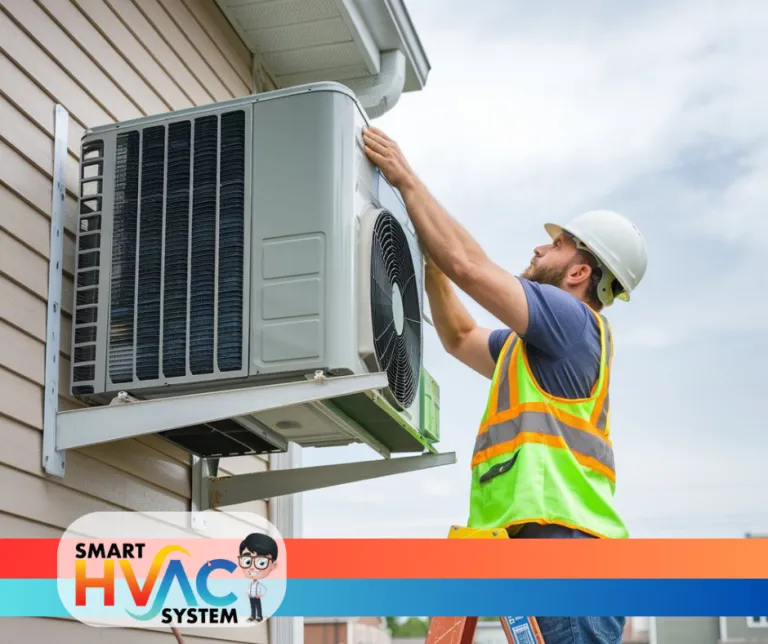Installing an air conditioning system is a detailed process that requires precision and expertise to ensure optimal performance and efficiency. Professional AC installation follows a structured approach to guarantee that your cooling system operates smoothly for years to come. Here’s a step-by-step guide to what you can expect during a professional air conditioning installation.
1. Pre-Installation Assessment and Planning
Before the actual installation begins, a professional HVAC technician will conduct an assessment to determine the best AC system for your home. This includes:
- Evaluating Home Size and Layout: Proper sizing ensures efficient cooling and prevents overworking the system.
- Inspecting Existing Ductwork: For central air systems, technicians check ducts for leaks or blockages.
- Discussing AC Options: Homeowners choose between central air conditioning, ductless mini-splits, or window units based on their cooling needs and budget.
- Ensuring Electrical Compatibility: Verifying that your home’s electrical system can support the new AC unit.
2. Removing the Old Unit (If Applicable)
For replacements, technicians will:
- Safely Disconnect Power: Preventing electrical hazards.
- Recover Refrigerant: Properly removing old refrigerant according to environmental regulations.
- Remove and Dispose of the Old System: Ensuring eco-friendly disposal or recycling.
3. Preparing the Installation Site
- Indoor Unit Placement: Clearing space for installation and ensuring accessibility.
- Outdoor Unit Location: Selecting a well-ventilated area, away from obstructions, for efficient airflow.
- Checking and Upgrading Ductwork: If needed, sealing leaks or replacing damaged ducts.
4. Installing the Indoor and Outdoor Units
- Mounting the Indoor Unit: For central ACs, this involves installing the evaporator coil and air handler. For ductless systems, a wall-mounted unit is secured.
- Positioning the Outdoor Condenser: Placed on a stable, level surface to ensure optimal performance.
- Connecting Refrigerant Lines: Properly sealing and insulating the lines to prevent leaks and improve efficiency.
- Electrical and Thermostat Setup: Connecting the system to power and installing or upgrading the thermostat for precise temperature control.
5. Sealing and Insulation
To maximize efficiency, technicians:
- Seal Duct Connections: Preventing air leaks and ensuring consistent airflow.
- Insulate Refrigerant Lines: Maintaining cooling efficiency and preventing energy loss.
- Secure Wiring and Drainage Lines: Properly setting up electrical components and drainage to avoid issues like water leaks.
6. System Testing and Calibration
Once installation is complete, the system undergoes thorough testing:
- Powering On the AC: Ensuring the unit starts correctly and runs smoothly.
- Checking Refrigerant Levels: Making sure the refrigerant charge is at the correct level for efficient cooling.
- Measuring Airflow and Temperature Output: Verifying even cooling distribution.
- Calibrating the Thermostat: Ensuring accurate temperature control and programming settings as needed.
- Inspecting for Leaks or Noises: Addressing any potential issues before finalizing installation.
7. Final Walkthrough and Homeowner Instructions
A professional technician will:
- Explain System Features: Helping homeowners understand how to operate and adjust the AC settings.
- Review Maintenance Requirements: Providing tips on filter changes, coil cleaning, and scheduling routine tune-ups.
- Discuss Warranty and Service Plans: Ensuring homeowners are aware of warranty coverage and recommended service schedules.
8. Post-Installation Maintenance and Monitoring
To keep your AC running efficiently:
- Replace Air Filters Regularly: Every 1-3 months to maintain airflow and air quality.
- Schedule Annual Inspections: Professional tune-ups help prevent issues and extend system lifespan.
- Monitor Energy Usage: Keeping track of utility bills to detect potential efficiency issues.
A professional air conditioning installation follows a detailed, step-by-step process to ensure optimal system performance, energy efficiency, and long-term reliability. Working with a certified HVAC technician guarantees that your air conditioning unit is installed correctly, providing consistent cooling and comfort for years to come.

